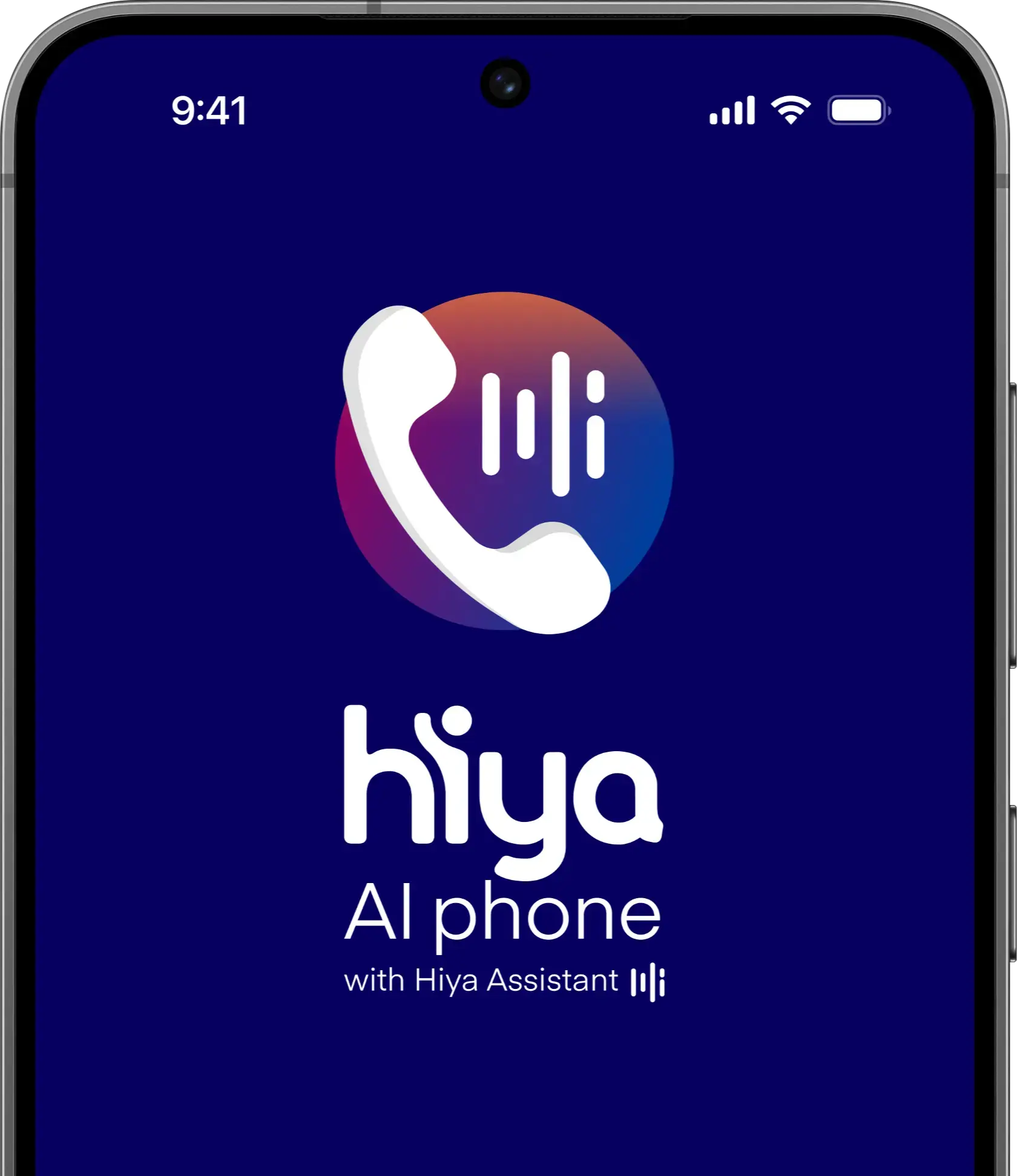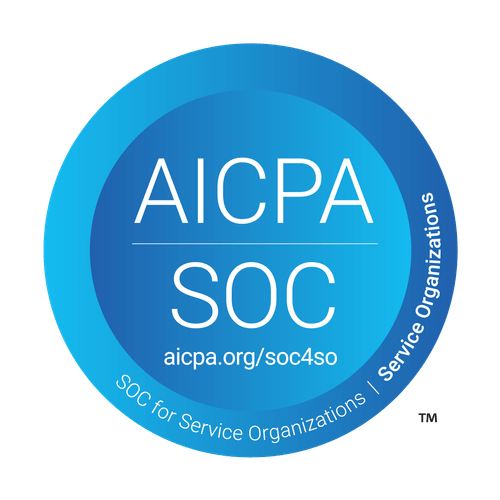
Most organizations understand that creating an enjoyable and effective customer experience is a crucial component of a successful business. However, the process of creating this ideal experience is more complex than one might think. By tracking several key metrics, opportunities for data-driven improvement can be identified and implemented.
Read on for ten customer service call center metrics that can lead your organization to success.
Why are customer service metrics important?
Your organization may be planning to implement a great initiative that will improve the outbound call experience. However, if critical customer service metrics aren’t being tracked, you’ll have no baseline to prove the success of the initiative. Without quantifiable data, successful implementation cannot be properly measured.
Properly tracked customer performance metrics can answer key questions like
- What stage of our process is contributing to lower customer satisfaction?
- What do our customers think of us?
- How can we improve customer engagement?
- How can we improve the efficiency of sales processes?
9 out of 10 customers make repeat purchases with companies that offer great customer service; optimizing for customer experience will have a huge impact on your bottom line.
Experience metrics
There are two classes of customer service metrics — experience and operational. Experience metrics give more insight into how the organization is perceived by customers: what do they think about your product or service? Are they frustrated when interacting with your call center? How likely are they to stick with your business? Experience metrics quantify human emotions and experiences, turning them into actionable data.
We’ve identified five experience metrics that your organization should be tracking:
Net promoter score (NPS)
Net promoter score measures how likely your customers are to recommend your product or service. Since word of mouth is one of the most valuable marketing channels, NPS is a hugely impactful metric.
To gather data on NPS, organizations often send a survey to customers asking “On a scale of 0 to 10, how likely are you to recommend our business to a friend or colleague?”.
After the data is collected, the customers are categorized into three groups.
- Promoters: Customers who selected a 9 or 10
- Passives: Customers who selected a 7 or 8
- Detractors: Customers who selected 0 through 6
NPS is calculated by taking the percentage of promoters and subtracting the percentage of detractors. This means that if 10% of respondents are detractors, 20% are passives, and 70% are promoters, your NPS would be 60. To learn more about NPS, check out the Net Promoter System website.
Customer satisfaction score (CSAT)
Customer satisfaction score measures whether the customer had a good or bad experience when interacting with your organization. CSAT can be an early indicator of churn: if the score is going down, expect customers to make fewer purchases or drop your services altogether. This customer service metric is collected by asking a customer to rate their experience on a scale that ranges from extremely satisfied to extremely unsatisfied.
According to the American Customer Service Index, the average customer satisfaction rating in Q4 of 2021 was 73.3.
Customer effort score (CES)
Customer effort score measures how much effort a customer has to put in to use your product, get an issue resolved, or make a return. Many eCommerce brands ask how easy it was to place an order or begin an exchange. The types of questions measure how easy it is for a customer to use a product or service; customers are likely to stay with brands that are convenient and simple to use.
To measure CES, ask a survey question at the end of an interaction. Call centers could ask, “On a scale of 1-5, how much effort was involved to resolve your question”. Financial service companies could ask “On a scale of 1-5, how simple was the process of getting your loan”. Once you’ve collected the data, take the average number to get your customer effort score.
One possible way to improve CES is to provide an omnichannel customer experience. When customers are able to resolve issues and interact with your brand on the channels they prefer, the process becomes simpler and more enjoyable.
First contact resolution rate (FCR)
We all know the frustration of being passed from agent to agent when trying to get an issue resolved. Even worse is waiting around for days with several follow-ups before reaching a solution. First contact resolution rate aims at preventing this by measuring the number of tickets that were resolved within one interaction with the customer. This metric has a close relationship with CES, as customers will likely report less effort if they only have to interact with your organization once.
To calculate first contact resolution rate, identify the number of incidents resolved on the first contact and divide it by the total number of incidents. If you identify that the number of touchpoints is high, investigate if your agents and representatives have all the information they need or if calls are being routed to the right individuals. If the score is too high, it may be valuable to create a knowledge base where customers can answer easily-resolved questions themselves.
Customer churn
Customer churn, or customer attrition, occurs when a customer chooses to stop using your products or services. A high customer churn is an indicator that customer service is declining and needs attention. Once you’ve discovered a churn problem, identify the factors that could make customers want to leave. Since acquiring new customers is more expensive than retaining existing customers, reducing churn rate should be a top priority.
Operational metrics
Operational metrics provide insight into the performance of your business. These are the data points that focus on efficiency and speed. Issues that take too long to resolve or calls that end abruptly are indicators that operational metrics could improve.
The metrics below will help your organization discover how efficient your process is and what stages would benefit from additional resources.
First response time
This is the length of time it takes for a customer to receive an initial reply to their request. Customer service teams that can respond as quickly as possible make the customer feel that their time is valued.
To calculate first response time, take the time of the first response and subtract the time of the customer request. This will give the length of time it took to resolve the problem.
For call centers, an extended first response time could be due to an influx of calls and not enough agents to answer them. Call center schedules can be strategically set for high-volume times.
Average resolution time
This is the amount of time it takes to completely resolve a customer’s issue. The customer service metric has a big impact on customer experience, as the longer, it takes to solve an issue the more frustrated customers are likely to become. There may be a gap in communication between the service and technical teams. Maybe agents need additional training for handling complex queries.
Backlog
Backlog tracks the number of customer requests left unresolved over a period of time. The more tickets in the backlog, the more customers are waiting for a resolution to their problem. To find the number of tasks in your backlog, first, decide on an appropriate time frame for resolving issues. The backlog is the number of tickets that are open for longer than that period.
It may be valuable to set up reminders for tickets in the backlog. If more tickets are coming in than you can resolve, it may be time to add more members to the team.
Customer ticket request volume
In relation to the backlog, it’s important to keep track of the number of customer requests coming in. If the number of support tickets is growing each month, there may be problems with your call management software. Look into optimizing your product experiences or updating your support articles.
Average ticket handling time
This refers to an agent's time working on a customer’s request. While quicker handle times indicate resolving an issue in a timely manner, it’s important that speed is not the only focus. If rushed, the task may not be completed to the highest quality, which harms the customer experience.
If you notice that a particular type of request is causing a spike in ticket handling time, look into ways that your process can be optimized or the information can be more readily available.
Take action based on your metrics
Use the metrics above to identify opportunities for improved performance and then create a game plan that will level up your customer service.
One proven way to improve your customer experience? Display your company name, logo, call reason, and more with a branded call solution. When customers know it’s you calling, your agents are able to resolve issues quickly and have higher-quality conversations.
Interested in how the latest call trends are shaping the way customers interact with brands? Check out our State of the Call Report.









